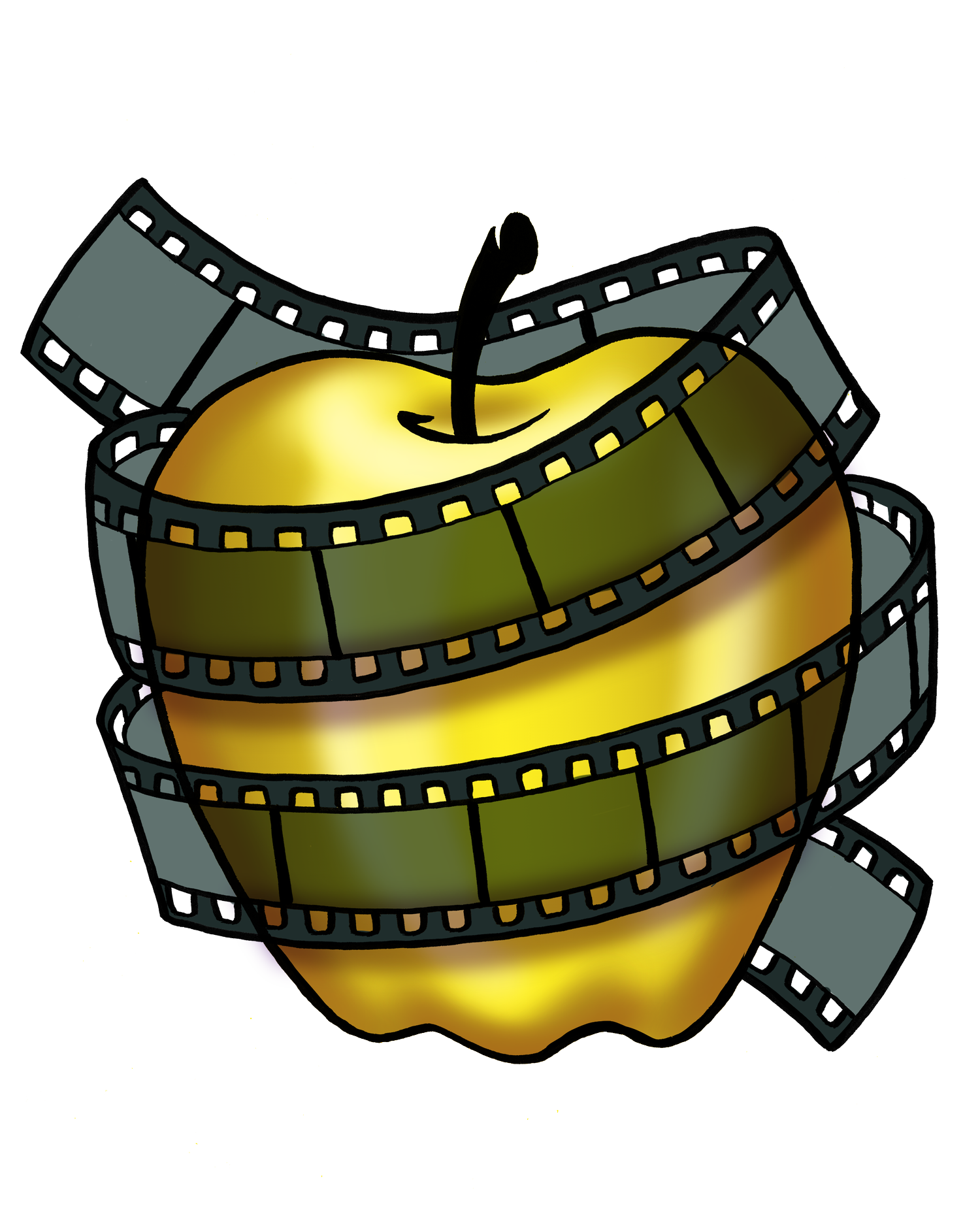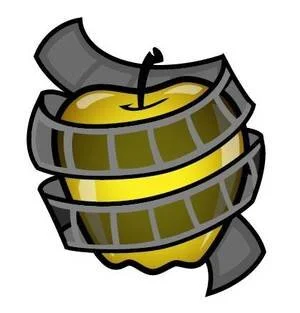MOVIE REVIEW: Antebellum
ANTEBELLUM-- 1 STAR
Twists and turns be damned, Antebellum is a potent illustration of the discrepancy between a premise, the intellectual seed of every creative film, and what could simply be called in the end “a good idea.” Premises are catalysts that pique interest and corkscrew typical conventions to a degree where the goal is to get a potential audience member to declare “I gotta see that.” Shock value sells. However, even the ballsiest premises only work with storytelling and filmmaking execution that can justify the how and, eventually, the why. Those premises become “good ideas.”
On so many levels, Antebellum and its premise were not anywhere close to good ideas. With every pendulum swinging between power and abuse and between dominance and defiance, this wannabe mindf--k movie does not achieve enough of that aforementioned justification. Even with a determined performance from Janelle Monáe, this is a distressing and unnecessary inquisition with no solid answers.
Now, something that can help a premise is ambiance. With an impressive unbroken tracking shot from Don’t Breathe cinematographer Pedro Luque Briozzo, Antebellum opens to flaunt its production value. Lacing off the ground above cotton fields and through shanty buildings, the camera captures a familiar landscape of uniformed white finery forcing servitude on ragged Black prisoners characterized in the stellar costumes of Mary Zophres (La La Land). The disturbing musical notes from frequent Monáe collaborators Nate Wonder and Roman GianArthur choreograph the unnarrated acts of oppression on screen and peaks when a noose hits a neck. We’re there and it’s ugly.
LESSON #1: READ THE ROOM-- At this point, a level head asks, goodness gracious, are we still making fictionalized slavery movies and putting that violent cycle on screen again for the umpteenth time? Unless the future comeuppance is satisfying and/or hammers home a greater purpose, why continue to perpetuate this wretched wringer? As this lesson commands, is now a good time for that in this present era? Who’s clamoring the “I gotta see that” cheers for this?
Here in this established setting of a plantation commandeered by Confederate soldiers, Eden (Monáe) is a field hand that has been disciplined into silent submissiveness by the ranking officer (TV star Eric Lange), his vicious top lieutenant (Jack Huston), and his haughty and heinous wife (Jena Malone). Those in control preach and speak of heritage and territorial inheritance. Escape attempts have only made Eden’s punishments and labor worse. However, with the close of the eyes and the wisk of a near-match cut one night, Eden awakens to be an entirely different person.
LESSON #2: LIBERATION OVER ASSIMILATION-- Like wiping away a bad dream, Monáe is also Veronica Henley, an influential speaker and successful writer of social activism against racial patriarchy. Her work looks to break the cycle of inequity with liberation over assimilation. She is a married mother of one and lives well in a present day that still slights her. This outspoken and confident force is the kind of woman that warns how anger and fear are not what they appear to be while she (and the film) quote William Faulkner. Veronica couldn’t be any more different than the defeated Eden.
Written and directed by the creative team known as Bush and Renz (Gerard Bush and Christopher Renz) making their feature film debut, Antebellum dangles a grand ploy to connect Eden to Veronica. The pontifications of this psychological thriller mean to call out and contort the troubling ethnic and societal parallels between the present and the past. That’s all the premise lacking a clever or keen execution. When the swerves hit, preposterousness obliterates cleverness.
The best Antebellum can muster is the coin-flip anecdotes of “our ancestors haunt our dreams to see themselves forward” and “the unresolved past reeks havoc on the present.” They are traded by a tribe of girls, including Veronica and two besties (mouthy Precious star Gabourey Sidibe and token buddy Lily Cowles), before a night of elegant drinks. What is weak foreshadowing could have been and should have been shattering truths.
LESSON #3: WHAT’S NOT A GOOD IDEA-- The height of those champagne flutes was the maximum gravity given to those potential cornerstones for drama and suspense. Too much is spent on the brutality instead. Antebellum tears down a promising icon of Black success into another degraded victim launched into a gauntlet of misogynistic torture. That’s not a good idea. Anything coming out of an ordeal like that is more of a damage and a disservice than something compelling or of consequence.
LOGO DESIGNED BY MEENTS ILLUSTRATED (#909)


